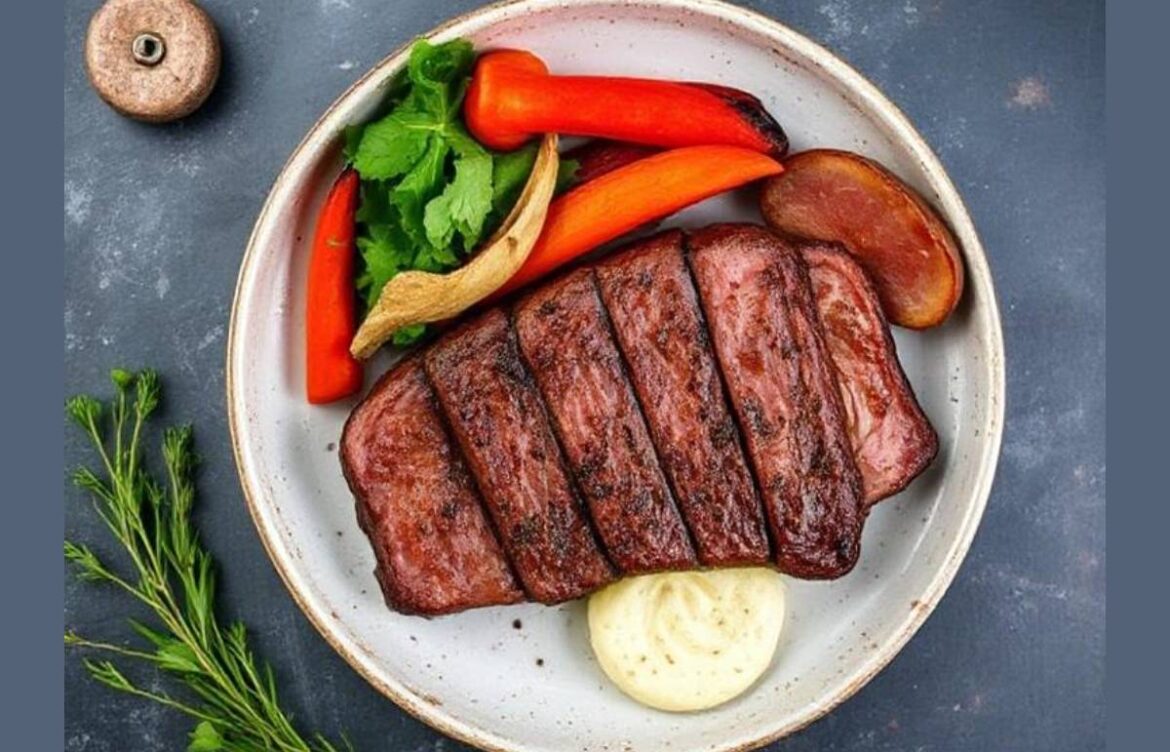
What is the Carnivore Diet?
Carnivore Diet – Within the carnivore diet plan, one can consume only three different categories of food items together with water: animals, poultry, dairy products, seafood, and eggs. No food apart from meat and poultry, eggs, seafood, fish, and select dairy products and water should find their way into your diet. The “zero carb” diet label sometimes applies to this specific eating plan because it restricts consumption to only animal-based proteins and liquids.
The carnivore diet follows the same dietary principles as ketogenic plans. A keto dietary pattern depends on insufficient sugar calories from food to operate. The body transforms stored fats into ketones to produce energy since glucose becomes insufficient. Ketones reach bloodstream circulation and promote blood acidification, which creates a condition known as ketosis.
The daily ratio of calories on a standard keto diet consists of 70% to 75% from fat, 20% from protein, and a maximum of 10% from carbohydrates.
The diet containing only carnivorous foods remains the most ketogenic since it lacks carbohydrates. This diet lacks a specified fat value because it contains natural fats in its main animal and dairy components.
What are the Risks of a Carnivore Diet?

Carnivore diets contain no mechanism to concentrate healthier mono- and polyunsaturated fats, which keto diets may achieve. Animal fat mainly contains saturated fat, the unhealthiest fat for human consumption, because it elevates terrible cholesterol (LDL).
All forms of keto diets produce short-term and long-term elevation of LDL cholesterol levels in the body. The combination of keto diets along with the carnivore diet creates risks that result in the development of kidney stones along with gout and osteoporosis over extended periods. Eating high amounts of protein from the carnivore diet can harm kidney function.
A keto diet’s ability to activate fat-burning by the body qualifies all ketotic diets for weight loss initiation. The carnivore approach is inappropriate for weight reduction, although I would not support it for such a purpose.
How Does the Carnivore Diet Work?
Only animal products appear on the food allowance because of dietary limitations. Steak, burgers, and chuck roast are your permitted menu items. The dietary list approves both chicken, lamb, and pork. Salmon, trout, oysters, and clams are permitted seafood products under this regime. The diet lets you enjoy organ meats, including liver, oxtail, and other listed foods. Eggs are OK in small amounts.
Your food preparation will require butter, fat tallow, and clarified butter (ghee). Seasonings are the only meals that allow individual flavor choices in this diet. Salt, pepper, chili paste, cumin, paprika, and garlic constitute the permissible seasonings of this diet.
It is important to note that everyone responds differently to diet plans. WebMD does not back up claims about the carnivore diet. Talk to your doctor before starting any new diet, especially one that cuts out entire food groups. It could leave you low on certain nutrients.
Conclusion
Only animal products appear on the food allowance because of dietary limitations. Steak, burgers, and chuck roast are your permitted menu items. The dietary list approves both chicken, lamb, and pork. Salmon, trout, oysters, and clams are permitted seafood products under this regime. The diet lets you enjoy organ meats, including liver, oxtail, and other listed foods. Eggs are OK in small amounts.
Food preparation will require butter, fat tallow, and clarified butter (ghee). Seasonings are the only meals that allow individual flavor choices in this diet. Salt, pepper, chili paste, cumin, paprika, and garlic constitute the permissible seasonings of this diet.
